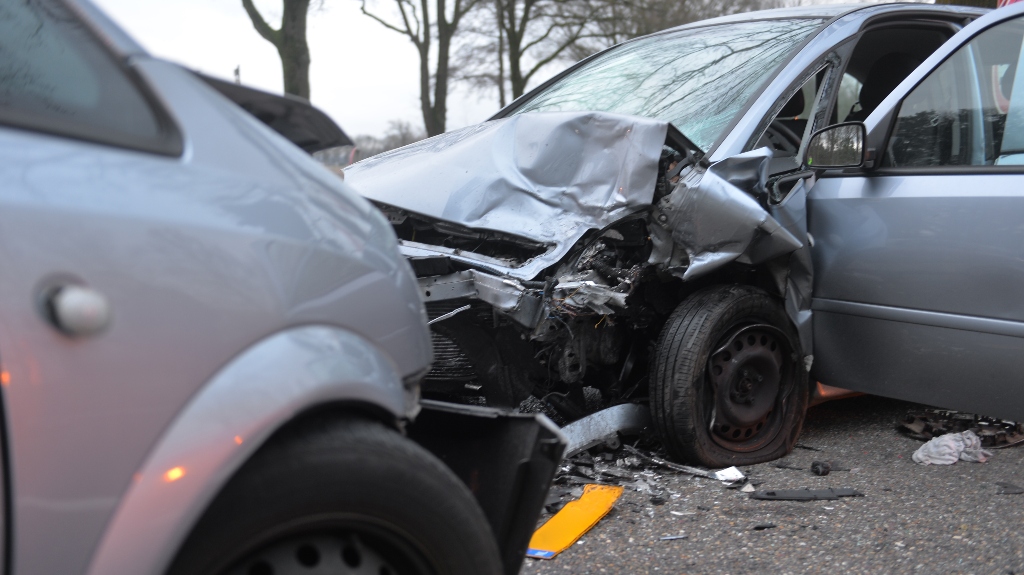What is the New Law in Florida for Car Accidents?
Some new and significant changes to Florida’s car accident laws occurred in 2023. House Bill 837, signed by Governor Ron DeSantis, shortens the time limits for filing personal injury claims. New law also shifts Florida’s law in comparative fault cases where both parties may have been partially to blame for the car accident.
At High Stack Law, we know how seismic a shift these two changes are. Our experienced car accident lawyers stand ready to work with you and fight for the compensation you deserve. Schedule a meeting so that we can learn more about your unique case.
Changes to the Statute of Limitations
One of the most significant changes to Florida car accident law is the reduction in the statute of limitations. A statute of limitations is a specific time period in which you must file a legal claim or it will be dismissed by the trial court. Dismissal of an untimely claim can occur even if, had it been filed on time, the case would have been successful.
Prior to House Bill 837 and its effective date of March 24, 2023, the statute of limitations for Florida car accidents was four years. For any car accident that occurred before that date, the statute of limitations is still four years.
The new law shortens the statute of limitations period to two years for most Florida car accidents. This applies to any car accident that occurred on or after the effective date of March 24, 2023. The state did this in an apparent effort to streamline the legal system, but is part of a broader tort reform that may negatively affect car accident victims.
To avoid losing out on your right to file a valid claim, speak to a Florida car accident attorney right away. Moving quickly ensures your case is timely filed, but also helps preserve critical evidence that may be lost with the passage of time.
Changes to the Comparative Fault Laws in Florida
Recent changes also occurred to Florida’s comparative fault laws. Prior to March 2023, Florida utilized a pure comparative negligence system. Under a “pure” comparative negligence law, the plaintiff’s damages are reduced equally to their own percentage of fault. For example, if a plaintiff is determined to be 15% at fault for the accident, their total damages are reduced by 15%.
The new law works differently. Florida now utilizes a modified comparative negligence system. A driver is permitted to seek damages so long as they are less than 50% at fault for the accident. Often called the “50 Percent Bar Rule,” a driver may not collect anything if they are equally or more at fault for the accident than the other driver. If that driver’s fault is less than 50%, the injured driver can recover. However, it is still reduced by the amount of fault the plaintiff is deemed responsible for.
Imagine the following examples. A serious car accident occurs and the case goes to trial. Assume the jury finds the plaintiff 52% responsible for the accident. Under the new law, the plaintiff is not allowed to recover any of their damages. If, however, the jury found the plaintiff 45% responsible, the plaintiff can recover. The plaintiff’s total damages would be reduced by 45% to offset their amount of fault.
Get Help From an Experienced Brevard County, FL Car Accident Attorney
These new Florida laws alter important and complicated aspects of Florida personal injury cases. It is crucial to speak with an attorney as quickly as possible after an accident to avoid being negatively affected by these changes.
The car accident attorneys at High Stack Law are ready to help. We understand the changes and how they can impact your case. Contact us today for a free consultation of your case.\
